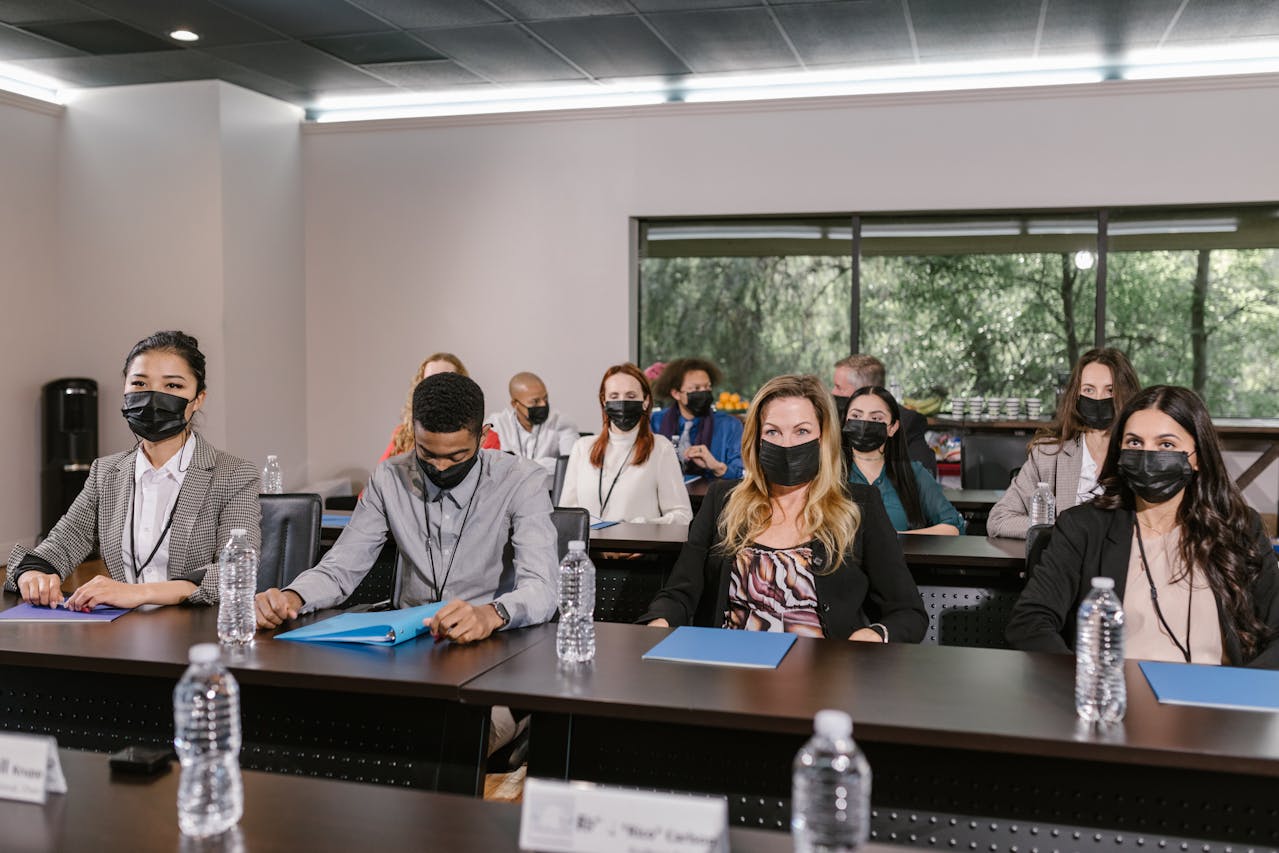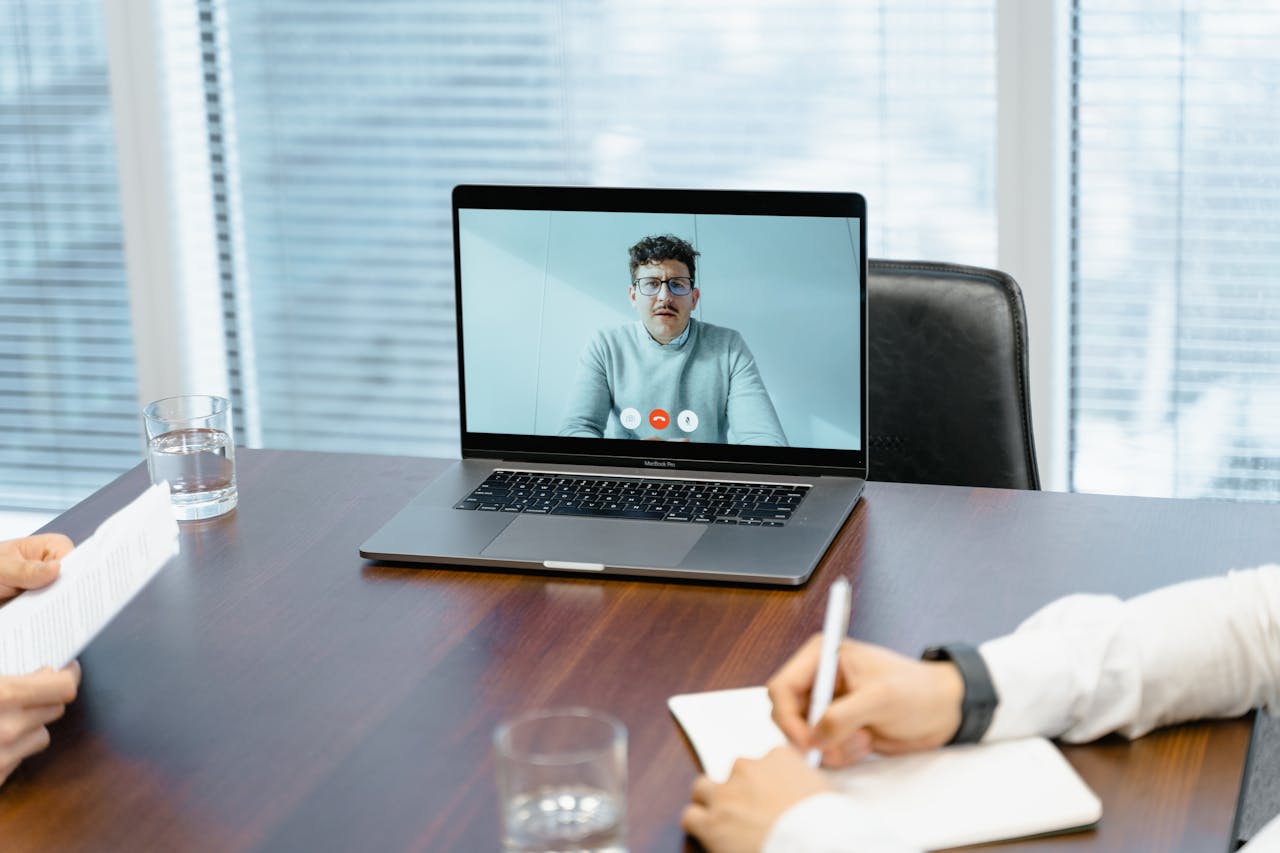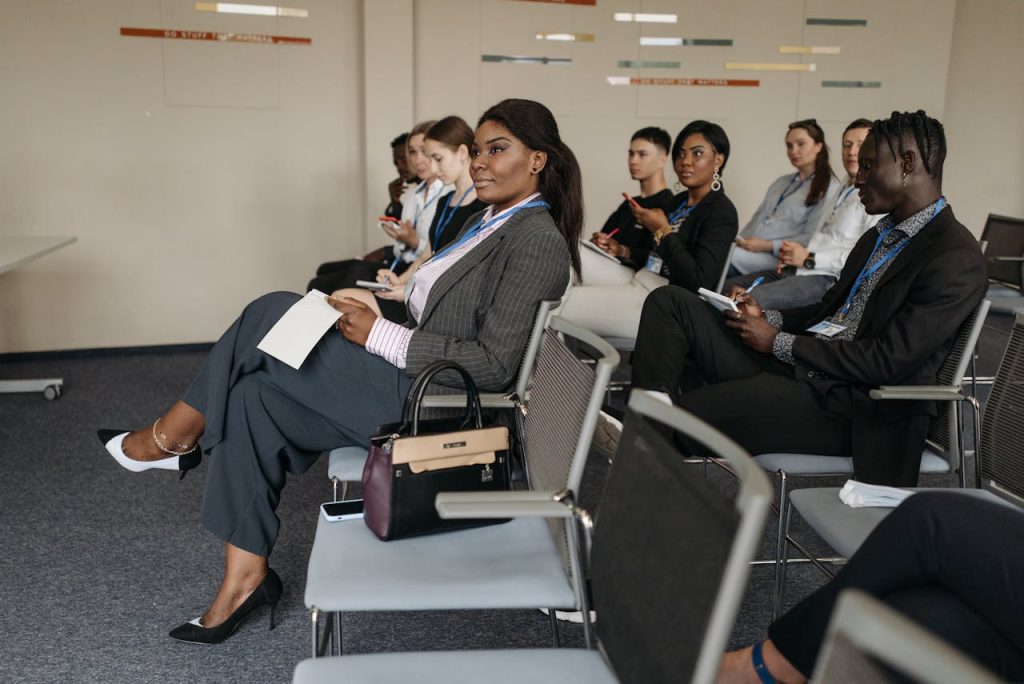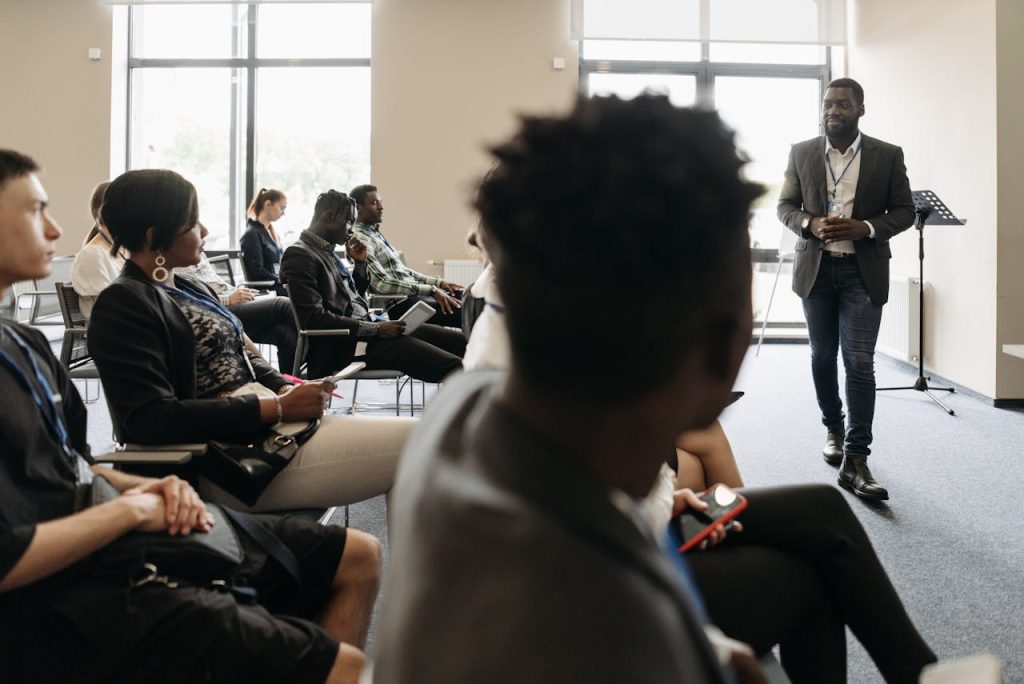Imagine a workplace where every decision delivers nearly double the success rate of traditional methods. Recent findings reveal that teams embracing diversity in their problem-solving approaches achieve 87% better outcomes than conventional groups. This isn’t just about fairness, it’s a strategic advantage reshaping modern business.
Our analysis of Deloitte’s research shows organisations prioritising cultural diversity become innovation leaders 1.7 times more frequently than competitors. Millennial professionals agree, 74% directly link workplace inclusivity to breakthrough ideas and creative solutions. These figures aren’t mere statistics; they’re blueprints for thriving in today’s global market.
We’ve observed that teams blending varied perspectives consistently outperform peers by 80% in collaborative tasks. The secret? Environments where different voices shape decisions naturally uncover smarter strategies. This approach doesn’t just attract top talent, it creates workplaces where people want to stay and grow.
Key Takeaways
- Diverse decision-making processes yield 87% better business outcomes
- Innovation leadership rates jump 1.7x in culturally aware organisations
- Three-quarters of younger professionals demand inclusive cultures for peak creativity
- Mixed teams outperform homogenous groups by 80% on collaborative projects
- Modern talent acquisition increasingly favours progressive workplace strategies

Understanding the Value of an Inclusive Environment
Modern businesses thrive when they recognise how varied perspectives strengthen outcomes. Organisations prioritising diversity see measurable improvements in productivity and employee engagement. Let’s unpack why these strategies matter for contemporary workplaces.
Benefits of Diversity and Inclusion in the Workplace
Teams with varied backgrounds solve problems faster and more creatively. Research shows companies with strong inclusion practices retain talent 48% longer than competitors. They also report 37% fewer absences, a clear sign of happier employees.
Consider these results from inclusive cultures:
| Metric | Inclusive Workplace | Non-Inclusive Workplace |
|---|---|---|
| Annual Turnover | 12% | 23% |
| Decision Speed | 4.2 days | 8.9 days |
| Meeting Efficiency | 72% | 41% |
Impact on Innovation and Team Collaboration
Mixed teams generate 30% more innovative ideas according to Harvard studies. When culture encourages open dialogue, employees share bolder solutions without hesitation. This leads to breakthrough products and services that dominate markets.
Two-thirds of professionals now seek employers valuing diversity. Why? Because inclusive environments foster trust, the foundation of seamless teamwork. Fewer conflicts and faster approvals mean projects finish ahead of schedule, delighting clients and stakeholders alike.
Fostering a Sense of Belonging and Open Communication
The strongest workplaces cultivate spaces where personal stories shape professional success. When people feel valued beyond their job titles, they contribute ideas more freely and collaborate more effectively. This requires intentional strategies that bridge individual experiences with collective goals.
Encouraging Honest Feedback and Transparent Dialogue
Structured feedback loops transform how teams interact. Weekly check-ins and anonymous suggestion boxes help employees voice concerns without hesitation. At IBM, monthly “Culture Circles” let staff discuss sensitive topics through moderated, judgement-free sessions.
Psychological safety grows when leaders model vulnerability. Managers who openly share mistakes create environments where honest communication thrives. This approach reduces conflicts and speeds up decision-making by 34%, according to Google’s Project Aristotle findings.
Celebrating Cultural Diversity and Shared Experiences
Procter & Gamble’s annual “Diversity Days” demonstrate how shared traditions build connections. Teams bond over homemade dishes, traditional attire showcases, and heritage storytelling. These events make different backgrounds feel celebrated rather than merely tolerated.
Simple actions like recognising Diwali or Juneteenth in company calendars reinforce cultural appreciation. When one tech firm introduced “Global Recipe Fridays”, 89% of staff reported stronger team cohesion. Such initiatives prove that belonging stems from daily acknowledgements, not grand gestures.

Providing Effective Leadership and Constructive Feedback
Effective leadership transforms feedback into growth opportunities rather than critiques. Our research reveals 63% of professionals feel managers need better training in delivering actionable insights. This gap becomes critical when addressing team members from different cultural backgrounds.
Tailoring Feedback Styles for Individual Needs
The STAR method (Situation-Task-Action-Result) helps leaders focus on observable behaviours. For instance: “During client negotiations (Situation), your preparation (Task) led to securing the contract (Action), resulting in 15% revenue growth (Result).” This approach eliminates ambiguity, particularly vital as 42% of minority employees report unclear promotion criteria in Deloitte surveys.
Adaptation matters. Visual learners might prefer written examples, while verbal processors benefit from real-time discussions. Regular check-ins help identify these needs before formal reviews occur.
Building Trust through Consistent, Clear Communication
Google’s internal study shows teams with trusted leaders achieve 27% higher retention rates. Consistency proves key, mixed messages create confusion that disproportionately affects marginalised groups. Weekly progress updates and documented goals create shared understanding.
Diverse feedback networks reduce bias. When multiple managers contribute perspectives, individual blind spots diminish. Adobe’s system of 360-degree reviews increased promotion clarity for women by 38% within two years.
True leadership shines when improvement suggestions feel like collaborative problem-solving. By framing feedback as “Let’s enhance this together” rather than “You did this wrong,” we build cultures where every voice fuels progress.
Implementing Inclusive Policies and Ongoing Training
Progressive organisations recognise that meaningful change requires more than good intentions. Structured frameworks combined with continuous learning opportunities create workplaces where policies translate into tangible results. Let’s explore how systematic approaches foster lasting cultural shifts.
Diversity Training and Workshops for All Employees
Starbucks set a benchmark with its nationwide unconscious bias programme. Interactive scenarios helped 200,000+ staff recognise subtle prejudices during customer interactions. Their secret? Making training relatable through real-life simulations rather than theoretical lectures.
Adobe’s ‘Project Include’ takes it further by pairing workshops with mentorship initiatives. Employees gain practical tools for cultural competence while leaders learn inclusive leadership tactics. This dual approach reduced promotion disparities by 22% in 18 months.
Addressing Unconscious Bias and Microaggressions
Effective programmes tackle everyday challenges head-on. Role-playing exercises help teams identify microaggressions like interrupting colleagues or mispronouncing names. One tech firm’s “Pause & Reflect” technique reduced unintended slights by 64% in six months.
Ongoing practices matter most. Monthly refreshers on neurodiversity awareness and LGBTQIA+ inclusion strategies keep skills sharp. As Google found, teams with quarterly bias training make 31% fairer hiring decisions.
True progress happens when education becomes habitual. By embedding these training elements into daily workflows, we build environments where everyone contributes their best, naturally.

Supporting Flexible Work Arrangements and Employee Wellbeing
Today’s workforce thrives when organisations prioritise adaptability alongside expertise. Tailored work structures address unique lifestyle demands while maintaining productivity, a win-win for staff and employers alike.
Customising Work Options to Suit Diverse Needs
Remote opportunities aren’t just perks, they’re necessities for modern talent retention. Studies reveal 74% of employees experience greater job satisfaction when offered location flexibility. Even more striking? Half would sacrifice salary for this privilege.
Effective arrangements go beyond home offices. Consider compressed weeks for caregivers or job-sharing for students. Tech firms report 68% fewer sick days when staff control their schedules around health needs.
Parents particularly benefit. One financial services company saw 42% higher retention after introducing school-run-friendly hours. Such flexible approaches demonstrate genuine commitment to supporting diverse circumstances rather than just checking policy boxes.
True wellbeing support means recognising that peak performance looks different for everyone. When we adapt workflows to individual realities, we build loyalty and drive results simultaneously. The data’s clear, rigid structures belong in the past.
Creating Inclusive Learning Environments for Diverse Teams at Workplace
Forward-thinking companies now blend human insight with digital tools to spark meaningful growth. Our analysis reveals that 68% of professionals prefer collaborative skill-sharing over traditional training models. This shift reflects our evolving understanding of workplace development.
Developing Collaborative Learning Approaches
Peer-driven development breaks down knowledge silos effectively. Platforms like Colleague Connect demonstrate this by matching members through shared objectives rather than job titles. One financial services firm saw 53% faster onboarding using this approach.
The magic happens when experience levels intersect. Junior staff bring fresh perspectives, while veterans offer practical wisdom. Together, they create solutions that single-track thinking often misses.
Leveraging Technology for Connection and Engagement
Smart algorithms now power professional relationships. Colleague Connect’s system analyses 12+ compatibility factors – from technical abilities to cultural interests. This precision leads to 89% more productive partnerships than random pairings.
Custom templates help maintain momentum. Pre-built agendas for skill exchanges and project brainstorming sessions keep interactions focused. Teams using these tools report 47% higher engagement in developmental activities.
The future belongs to organisations that transform every coffee break into a learning opportunity. By blending smart technology with human curiosity, we build workplaces where growth becomes second nature.

Enhancing Cross-Cultural Collaboration and Active Learning
Global success now hinges on bridging cultural divides through hands-on experiences. We’ve found teams using interactive techniques resolve conflicts 40% faster than those relying on traditional training. Let’s explore practical methods that turn cultural differences into strategic assets.
Utilising Interactive Learning Techniques for Global Teams
Deloitte’s simulation games demonstrate how active learning drives real change. Their “Culture Quest” programme uses role-playing scenarios where teams negotiate fictional trade deals across imaginary borders. Participants develop skills in adapting communication styles and decoding unspoken cultural cues.
Consider these results from interactive methods:
| Approach | Engagement Rate | Skill Retention |
|---|---|---|
| Traditional Lectures | 31% | 22% |
| Simulation Games | 89% | 74% |
| Role-Playing | 82% | 68% |
Facilitating Cultural Exchange and Mentorship
HSBC’s approach proves extended immersion works. Their managers complete three-year rotations in foreign offices, gaining firsthand experience in local business customs. This creates leaders who spot opportunities others miss, like adjusting meeting formats for different timezone cultures.
Effective programmes combine:
- Reverse mentoring partnerships between junior and senior staff
- Language exchange sessions during lunch breaks
- Virtual “culture swap” days with international offices
These initiatives help teams build trust while developing practical skills. As one participant noted: “Understanding how colleagues approach deadlines in Mumbai versus Munich transformed our project planning.” When we create opportunities for genuine connection, collaboration becomes second nature.
Harnessing Leadership Advocacy and Continuous Improvement
True progress thrives when leaders champion change through daily actions. At Microsoft, Satya Nadella models this by weaving diversity discussions into every leadership meeting. This consistent advocacy creates ripples, 83% of employees report feeling empowered to challenge outdated norms when executives lead by example.
Promoting Inclusive Language and Best Practices
Words shape culture faster than policies. Unilever trains managers to replace phrases like “aggressive deadlines” with “ambitious yet achievable targets”. Small shifts in inclusive language reduce stress while maintaining high standards. Their internal surveys show 67% better team morale after implementing these best practices.
Continuous improvement requires feedback loops. We’ve seen organisations using quarterly culture audits spot improvement areas 40% faster. Regular check-ins help refine initiatives, like adjusting mentorship programmes for remote staff or updating onboarding materials with cultural sensitivity guides.
The journey never truly ends. By combining leadership commitment with adaptable frameworks, companies build environments where everyone contributes their best. As Nadella reminds us: “Growth mindset isn’t corporate jargon, it’s the oxygen of modern workplaces.”



